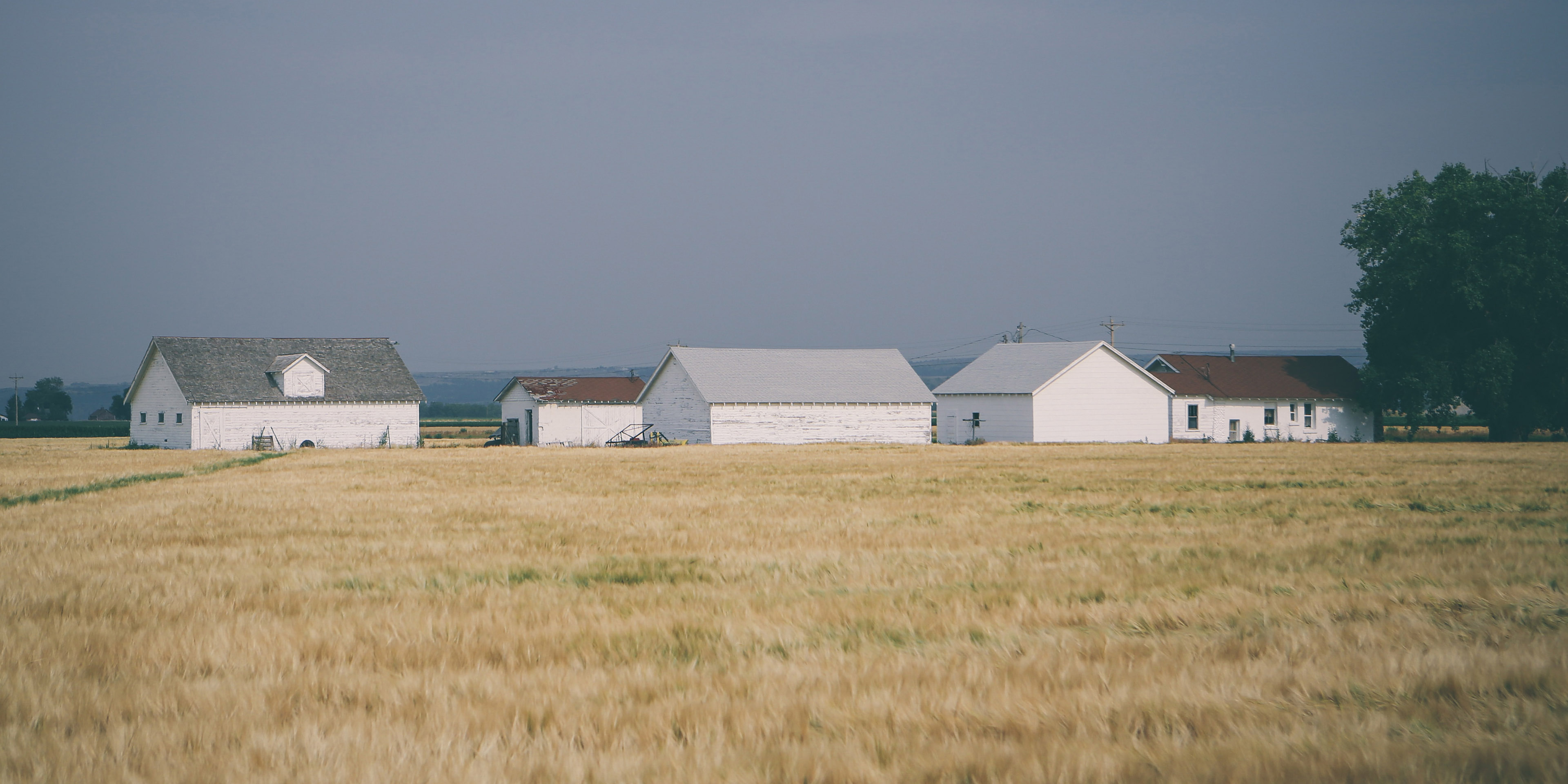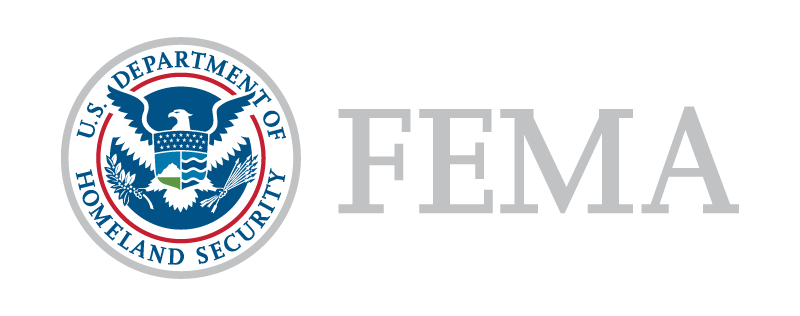Explore Resources
There are hazard-specific resources to address the most pressing risks your community faces.
Explore hazard-specific resources
Get Started With These Resources
Mitigation Resources
| Resource | Description |
|---|---|
| Building Codes Save: A Nationwide Study of Loss Prevention | Study showing improved building codes provide major cost savings to communities nationwide. |
| Building Codes Adoption Playbook | Playbook for adopting the current model building codes. This will help reduce damage and loss due to future natural hazards. |
| FEMA Guides to Expanding Mitigation | Strategies to engage different groups in your community to help reduce natural hazard risks. |
| FEMA's Hazard Mitigation Assistance Grants | Grants for funding to help reduce or eliminate long-term risk to people and property from natural hazards. Additional information is available for homeowners. |
| FEMA's Hazard Mitigation Planning Resources | Information and resources to help officials and members of the public understand hazard mitigation planning and its benefits. |
| FEMA's Mitigation Ideas | A resource to help communities consider a range of potential mitigation actions. |
| Mitigation Resource Guide | Information about currently available federal resources for mitigation in your community. |
| FEMA's Risk Management Resources | Information and resources to help identify, assess and prioritize possible risks. This can help minimize losses. |
| Community Disaster Resilience Zones (CDRZ) | Community Disaster Resilience Zones aim to build disaster resilience across the nation by driving federal, public and private resources to the most at-risk jurisdictions. Census tracts within the United States have been identified as being the most at-risk to the effects of natural hazards, and CDRZ zones can receive additional financial and technical assistance for planning and implementing resilience programs. |
| HUD's Natural Hazard Map Funding Navigator | Offers a pre-filtered list of resilience-building funding opportunities for a community based on that community's natural hazard risk profile. |
Preparedness and Data Resources
| Resource | Description |
|---|---|
| FEMA's Disaster Assistance | Resources for people recovering from a declared disaster and for government or non-profit organizations supporting disaster recovery. |
| Ready.gov | Campaign to prepare for, respond to and mitigate emergencies. The goal of the campaign is to promote preparedness. |
| DisasterAssistance.gov | A resource for disaster survivors. It has information, support, services and a means to access and apply for disaster assistance. |
| Weather.gov | An interactive map that shows real-time weather advisories, watches and warnings. |
| U.S. Census Bureau's Construction Resources | National and regional data for new privately owned housing units. The data is collected from the Building Permits Survey and Survey of Construction, which are partially funded by the Department of Housing and Urban Development. |
| My Community Explorer | Interactive map showcasing Community Resilience Estimates 2019 data. |
| Disaster and Risk Mapping | Interactive maps visualizing the frequency and cost of billion-dollar weather events, along with local risk and vulnerability, from the National Centers for Environmental Information. |
| Resilience Analysis and Planning Tool (RAPT) | A tool which leverages data on demographics, infrastructure, weather, hazards, and risk to help visualize and assess potential challenges to community resilience before, during, and after disasters. |
| Individual and Community Preparedness | An individual's and community's ability to prepare for, respond to, and recover from potential disasters and emergencies. |
| National Risk and Capabilities Assessment (THIRA and SPR) | A suite of assessment products that measure risks, capabilities, and gaps when facing potential hazards and disasters at local and national scales. |
| National Preparedness | The United States' ability to prevent, protect against, respond to, recover from, and mitigate against all threats and hazards to promote safety and resilience on a national scale. |
Contacts for More Information
| Resource | Description |
|---|---|
| FEMA Regional Contacts | Contact information for FEMA's regional offices. The regions work with communities to reduce the impact of natural hazards. They help prepare community members for all possible hazards. |
| FEMA's State Hazard Mitigation Officers | A list of contacts for hazard mitigation planning questions. |
| National Risk Index (NRI) Contact | More information on the NRI program and next steps you can take. |
Other Recommended Resources
- The risk assessment and natural hazard mitigation plan for your community, state, tribe or territory (if available).
- Agencies, organizations, or individuals who study or mitigate natural hazards. These include geological surveys, regional weather reporting centers, county emergency management offices, hazard mitigation officers, etc.
- Technical support like Geographic Information System specialists from FEMA, state and/or local government agencies and private industry.
- Federal and state grant programs, which can provide funding to communities or individuals for risk assessment and mitigation planning.
- Reliable information and data resources on natural hazards, Social Vulnerability and Community Resilience.
- Resources providing up-to-date building codes or other ideas to protect your built environment.
- Insurance plans that cover natural hazards not covered by standard insurance policies, such as homeowners' insurance.
- Agencies, organizations or individuals who manage disaster mitigation, preparation, emergency response and recovery and/or provide emergency support funding.


